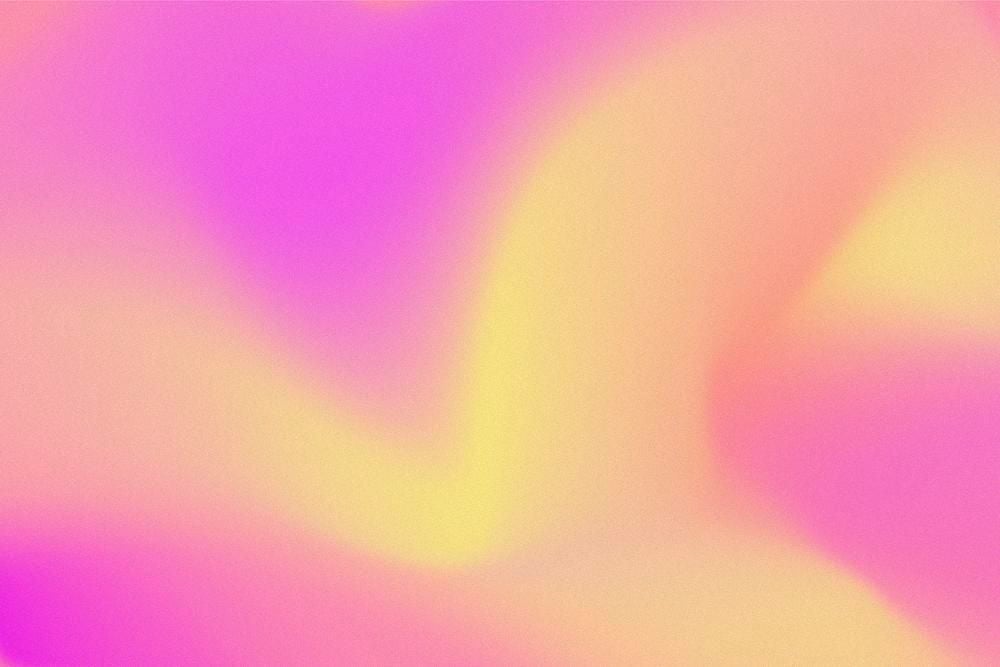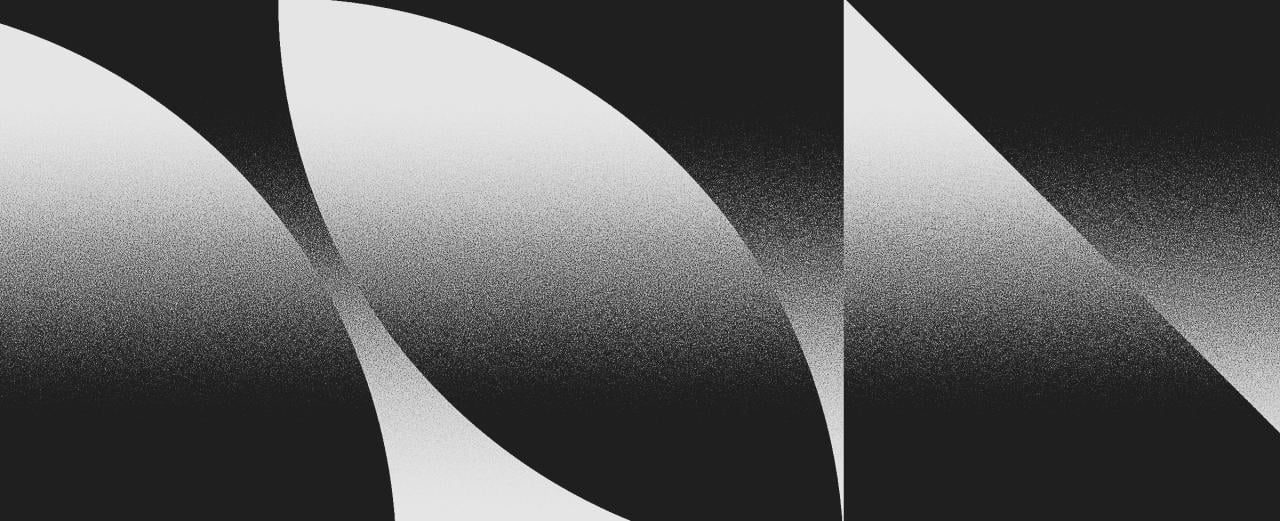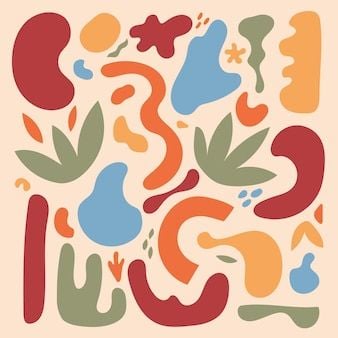In today’s ever-evolving design landscape, experimental gradients have emerged as a transformative force that is reshaping visual aesthetics across digital platforms. This article delves deep into how innovative gradient techniques are sparking a significant shift in design paradigms, pushing designers to explore beyond traditional color schemes and embrace fluid, dynamic visuals. Through detailed analysis, case studies, and practical strategies, we examine the influence of experimental gradients on modern design trends, their impact on user experience, and the future of digital creativity.
The digital design world has always been characterized by constant innovation and experimentation. Over the past decade, gradients have made a remarkable comeback. Once considered a relic of early digital art, gradients are now at the forefront of contemporary design strategies. Experimental gradients, in particular, have paved the way for a nuanced approach to color transitions, texture creation, and overall aesthetic dynamism. These techniques are not only altering how visual elements are perceived but are also influencing user engagement and brand identity.
As technology advances and screen resolutions improve, designers are presented with new opportunities to experiment with color gradients in ways that were previously unattainable. The rise of advanced graphic software and the integration of AI-driven design tools have further fueled this trend, making it easier for designers to create complex, multi-dimensional gradient effects that capture the eye and convey emotion. This article explores how experimental gradients are sparking design change, emphasizing the methods, challenges, and opportunities that lie ahead.
The Evolution of Gradients in Digital Design
Historical Context
Gradients have a rich history in digital design. Originally, designers used simple linear or radial gradients to add depth and dimension to flat design elements. These early implementations were limited by the technological constraints of the time, resulting in smooth yet predictable color transitions. However, as digital technology advanced, so did the capabilities of graphic design tools, enabling the creation of more intricate and visually appealing gradient effects.
The Shift to Experimental Gradients
The term “experimental gradients” refers to the innovative use of color transitions that push beyond the conventional boundaries of linear or radial gradients. Designers now experiment with:
A. Complex Color Blends: Integrating multiple hues and opacities to create unpredictable, vibrant effects.
B. Dynamic Transitions: Employing animations and interactive elements that alter gradient flows based on user input.
C. Organic Shapes: Moving away from geometric constraints to incorporate fluid, natural forms that mimic organic textures.
These new approaches have opened up a realm of possibilities in which color is not just a background element but a dynamic, integral part of the design narrative.
Impact on User Experience and Engagement
Experimental gradients are more than just a visual trend; they have a profound impact on user experience (UX) and overall engagement. The dynamic nature of these gradients can evoke emotions, guide user attention, and even influence decision-making processes.
Enhancing Visual Appeal
A primary benefit of using experimental gradients is their ability to enhance the visual appeal of a digital interface. By integrating unconventional color schemes and transitions, designers can create a more immersive environment that captivates users from the first glance. The interplay of light and shadow, combined with unexpected color shifts, contributes to a design that feels both modern and timeless.
Improving Navigation and Interaction
Gradients can also be strategically used to guide users through a digital space. For example, designers often use color transitions to highlight important navigation elements or to indicate interactive areas. This subtle guidance helps users intuitively understand where to click, scroll, or tap, thereby improving overall usability. Consider the following methods:
A. Directional Cues: Utilizing gradient flows that lead the eye toward key call-to-action buttons.
B. Depth Illusion: Creating the impression of layers or hierarchies within a layout through gradient intensity variations.
C. Interactive Feedback: Changing gradient hues upon hover or click to provide immediate visual feedback.
Emotional and Psychological Impact
Color theory plays a crucial role in influencing emotions and behavior. Experimental gradients, by virtue of their complex color interplay, can evoke a wide range of emotional responses. Warm gradients can convey energy and passion, while cooler tones can evoke calmness and trust. By carefully selecting and combining colors, designers can create interfaces that resonate on an emotional level, ultimately enhancing brand perception and user satisfaction.
Driving Innovation in Branding and Marketing
Reinventing Brand Identity
For brands looking to stand out in a saturated digital market, experimental gradients offer a powerful tool for creating a unique visual identity. Many modern brands are leveraging gradient techniques to reinvent their logos, websites, and promotional materials. This innovative approach not only differentiates them from competitors but also adds a contemporary edge that appeals to younger, tech-savvy audiences.
Case Studies: Successful Implementation
Several high-profile brands have successfully integrated experimental gradients into their design language:
A. Tech Startups: Emerging technology companies often use vibrant, multi-hued gradients in their logos and website designs to signal innovation and forward-thinking.
B. Fashion and Lifestyle Brands: By incorporating subtle gradient transitions in packaging and digital advertisements, these brands create a sophisticated, high-end aesthetic.
C. Entertainment Platforms: Streaming services and gaming platforms utilize animated gradients to enhance user interaction and create memorable visual experiences.
Social Media and Digital Campaigns
In today’s digital marketing ecosystem, visual content is king. Social media platforms, in particular, have embraced the use of experimental gradients to create eye-catching posts and advertisements. Designers are now crafting custom gradient filters and overlays that users can interact with, thereby enhancing engagement and sharing potential. This trend not only bolsters brand visibility but also encourages user-generated content, further amplifying the brand’s reach.
Technical Considerations and Tools
The successful implementation of experimental gradients requires a blend of creative vision and technical expertise. Modern design tools have evolved to support the complex requirements of gradient design, making it accessible to both seasoned professionals and emerging designers.
Popular Software and Applications
A variety of graphic design software now offers advanced gradient tools:
A. Adobe Photoshop and Illustrator: These industry-standard tools provide extensive gradient options, including custom gradient meshes and dynamic gradient adjustments.
B. Figma: As a collaborative design platform, Figma allows teams to experiment with gradients in real time, streamlining the feedback and iteration process.
C. Sketch: Known for its user-friendly interface, Sketch supports sophisticated gradient features that integrate seamlessly with other design elements.
D. Procreate: Popular among digital artists, Procreate’s gradient tools enable the creation of organic, hand-drawn gradient effects.

Implementing Gradient Effects with Code
For web designers, CSS gradients offer a powerful way to incorporate these effects directly into a website’s codebase. With advancements in web standards, it is now possible to create animated gradients and responsive designs that adapt to different screen sizes. Key techniques include:
A. Linear and Radial Gradients: Basic gradient types that serve as the foundation for more complex designs.
B. CSS Animations: Leveraging keyframes to animate gradient transitions, creating dynamic visual experiences.
C. SVG Gradients: Utilizing scalable vector graphics for high-quality, resolution-independent gradient effects.
Challenges and Best Practices
While experimental gradients offer numerous benefits, they also present certain challenges. Designers must balance creativity with usability, ensuring that gradient effects do not overwhelm or confuse the user. Some best practices include:
A. Maintain Contrast: Ensure that text and essential elements remain legible against gradient backgrounds.
B. Subtlety Over Excess: Use gradients to enhance design without distracting from the overall user experience.
C. Responsive Design: Adapt gradient effects to work seamlessly across various devices and screen resolutions.
D. Performance Optimization: Optimize images and animations to prevent slow load times and maintain a smooth user experience.
The Role of Research and Development
Embracing Data-Driven Design
To fully leverage experimental gradients, designers must adopt a data-driven approach. This involves analyzing user behavior, A/B testing different gradient effects, and gathering feedback to refine designs. By combining artistic intuition with empirical data, designers can make informed decisions that enhance both aesthetics and functionality.
Collaborative Innovation
The integration of experimental gradients often requires collaboration across multiple disciplines. Designers, developers, marketers, and data analysts must work together to ensure that gradient effects align with broader business goals and user needs. This collaborative approach fosters a culture of innovation, where creative ideas are tested, iterated, and ultimately refined into successful design strategies.
Future Trends in Gradient Design
Looking ahead, the future of gradient design is poised to be even more dynamic and interactive. Emerging technologies such as augmented reality (AR) and virtual reality (VR) are set to revolutionize the way gradients are used in immersive digital environments. Additionally, advances in AI-driven design tools promise to further automate and enhance the creative process, allowing for more complex and personalized gradient effects.
Experimentation Beyond Digital Interfaces
Gradients in Physical Spaces
Experimental gradients are not limited to digital design. Architects, interior designers, and urban planners are increasingly incorporating gradient concepts into physical spaces. From gradient-infused lighting in modern office buildings to public art installations that use color transitions to evoke emotion, the influence of gradient design is expanding into the real world. These applications underscore the versatility and impact of gradients as a tool for creative expression across various mediums.
The Intersection of Art and Technology
The fusion of art and technology is exemplified by experimental gradients. This intersection is where traditional artistic techniques meet modern digital innovation, resulting in creations that are both aesthetically pleasing and technically advanced. Artists and designers are exploring new ways to blend these two worlds, using gradients as a medium to express complex ideas and emotions that resonate with contemporary audiences.
Strategies for Integrating Experimental Gradients into Your Design
For designers eager to harness the power of experimental gradients, a strategic approach is essential. Here are some actionable strategies to effectively integrate these techniques into your projects:
A. Start with a Concept: Develop a clear design concept that outlines how gradients will enhance your overall aesthetic and user experience.
B. Experiment with Color Palettes: Test different color combinations to find those that evoke the desired emotions and align with your brand identity.
C. Leverage Tools and Resources: Utilize advanced graphic design software and coding techniques to experiment with gradient effects.
D. Collect User Feedback: Engage with your audience to gather insights on how gradient effects influence their experience and adjust your designs accordingly.
E. Monitor Performance: Continuously analyze website performance to ensure that gradient animations and images do not adversely affect load times or responsiveness.

Real-World Examples of Experimental Gradient Success
Example 1: A Cutting-Edge Tech Platform
A leading tech platform recently underwent a complete design overhaul by incorporating experimental gradients into its user interface. The new design not only improved the visual appeal but also enhanced navigation through dynamic, animated transitions. Users reported higher engagement rates and improved overall satisfaction, attributing their positive experiences to the subtle yet effective use of gradients throughout the platform.
Example 2: A Lifestyle Brand’s Visual Transformation
A prominent lifestyle brand embraced experimental gradients in its digital marketing campaign, revamping its website and social media profiles with bold, vibrant color transitions. The brand’s innovative approach resulted in a significant increase in online traffic and social media interactions. The successful transformation underscored the power of gradients in creating a memorable and distinctive visual identity that resonates with contemporary audiences.
Example 3: Interactive Gradients in E-Commerce
An e-commerce site specializing in fashion and accessories integrated interactive gradients into its product pages. By utilizing animated gradient backgrounds that shifted in response to user actions, the website created an engaging shopping experience that set it apart from competitors. This innovative use of gradients not only elevated the user experience but also contributed to increased conversion rates and customer loyalty.
Embracing the Future of Gradient Design
As we move forward, the potential of experimental gradients in design continues to expand. The fusion of technology, art, and data-driven insights is driving a new era in digital aesthetics. Here are some future directions that are likely to shape the evolution of gradient design:
A. AI-Powered Creativity: Artificial intelligence is set to become a key player in gradient design, offering tools that can generate and optimize gradient effects based on real-time data and user interactions.
B. Immersive Experiences: With the growth of AR and VR, experimental gradients will play a vital role in creating immersive, interactive environments that blur the lines between the digital and physical worlds.
C. Personalized Designs: Future design platforms may offer personalized gradient themes tailored to individual user preferences, enhancing both engagement and brand loyalty.
Conclusion
Experimental gradients have undeniably sparked a profound design change in the digital landscape. By pushing the boundaries of conventional color transitions, these innovative techniques have redefined visual aesthetics, improved user engagement, and set new standards for modern design. As brands and designers continue to experiment with these dynamic effects, the future of design promises to be more vibrant, interactive, and responsive to user needs.
The journey toward integrating experimental gradients is not without its challenges. However, by embracing a collaborative, data-driven approach and leveraging cutting-edge tools, designers can overcome obstacles and harness the full potential of these techniques. Whether in digital interfaces, physical spaces, or immersive environments, experimental gradients are poised to transform the way we perceive and interact with design.
By remaining agile and open to innovation, the design community can continue to push creative boundaries, ensuring that visual aesthetics evolve in tandem with technological advancements. This transformation not only enhances user experiences but also paves the way for a more dynamic, visually engaging future.
In summary, experimental gradients are more than a fleeting trend—they represent a paradigm shift in design thinking. As we look to the future, their influence will continue to inspire creative solutions and drive meaningful change across various industries.












